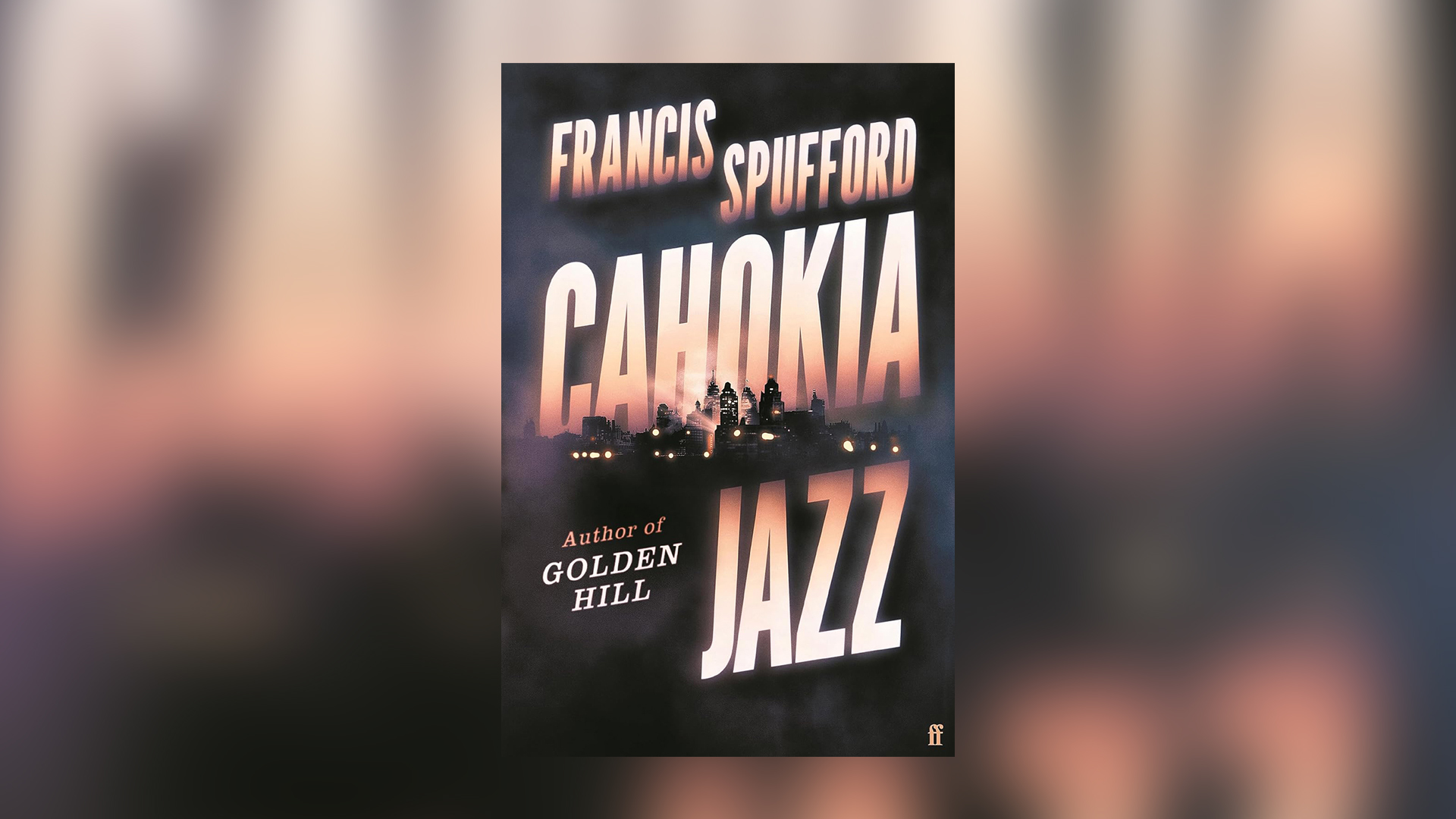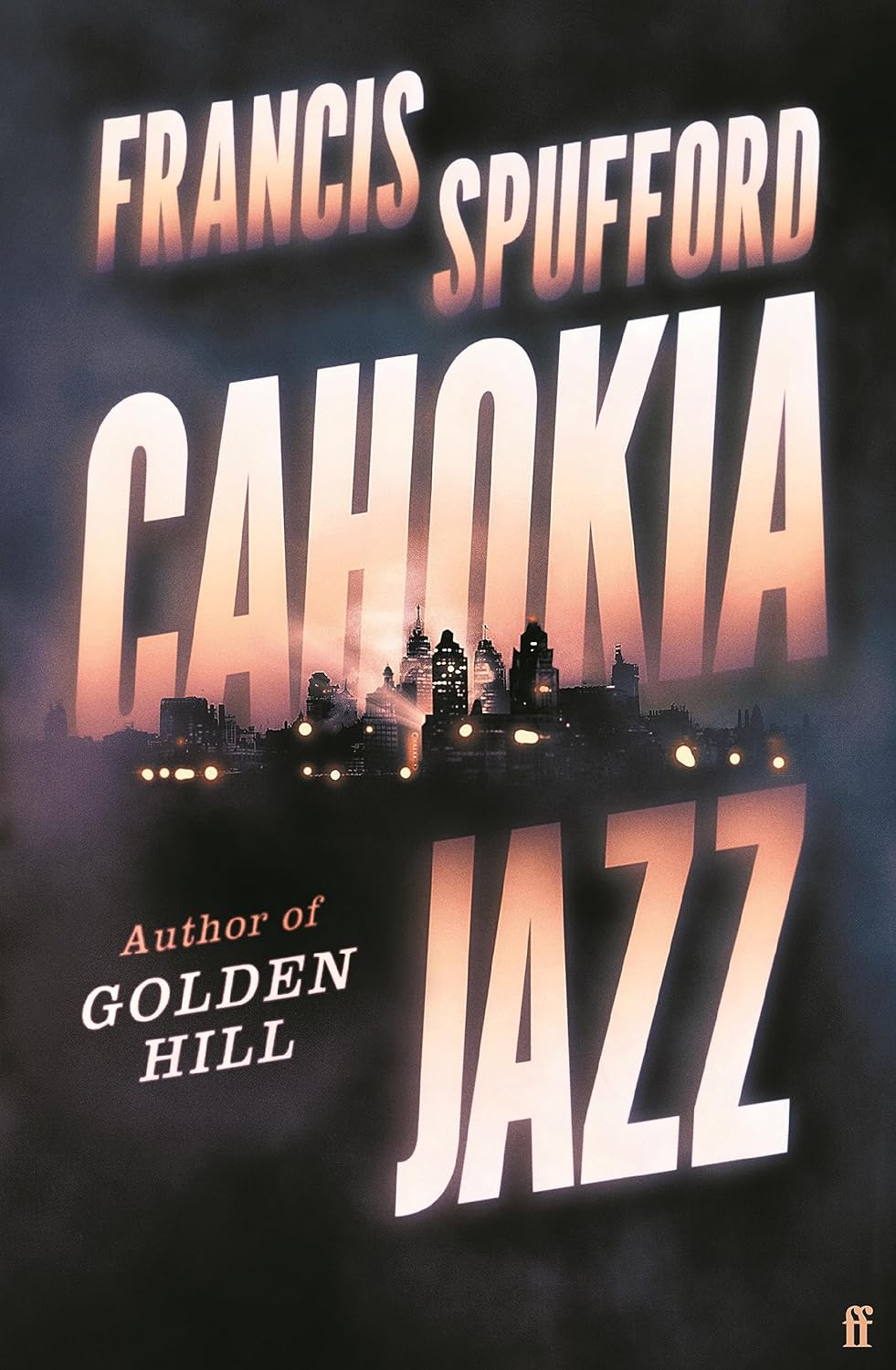What a thing of joy is a new Francis Spufford novel. Golden Hill, his debut, was a transporting piece of historical fiction that captured life in early New York in all its quirk and contingence, and deservedly won a bag of awards. His second, Light Perpetual, hit the Booker longlist and was a rich, affecting piece of alternative history that traced the lives five children might have had, had they not been killed by a Nazi V2 rocket in 1944.
Spufford has a gloriously picaresque imagination, with the talent to capture its brightest effusions, but also the leavening of a deep moral core. Add to this an intellectual restlessness that ensures each book is a leap into new territory, like a teenage boy giddily throwing himself from cliff into water, and it’s a combination that leaves this reader, at least, panting in anticipation.
- Missing: A nifty tech thriller that raises the bar
- Top 5 forensic thrillers – as chosen by Ashley Dyer
Get the latest news and insight into how the Big Issue magazine is made by signing up for the Inside Big Issue newsletter
Cahokia Jazz is more than worthy of its predecessors, and every bit as fresh and beguiling. The novel is a work of detective noir – good: there’s will never be such a thing as too much noir – but with a classic Spufford twist. It is set not in Raymond Chandler’s LA or Chester Himes’s Harlem but in the fictional city of Cahokia in the state of Deseret in the American Midwest.
It’s 1922, and the city rubs along on an uneasy equilibrium between three ethnic groups – native Americans, known as takouma, European Americas, called takata, and African Americans, or taklousa. Spufford has invented a language, Anopa, that is spoken by locals; a different politics, with Deseret outside the Union; and an enhanced reality in which Indigenous American tribes survived in high numbers and have an equal place in society. This being the 20s, there are also tommy guns and prohibition and the Ku Klux Klan and corporate hucksters.
The fragile peace on which Cahokia rests is threatened by the discovery of an eviscerated body, bearing all the signs of a ritualistic killing, on the roof of a skyscraper. The two detectives sent to investigate are fabulously drawn and come to form central metaphors for the racial and political tensions that thread the novel. Phineas Drummond is a violent, moody war veteran suffering from PTSD, while giant Joe Barrow, who emerges as the central character, is a gifted jazz pianist who has settled for the relative security of cop life.










